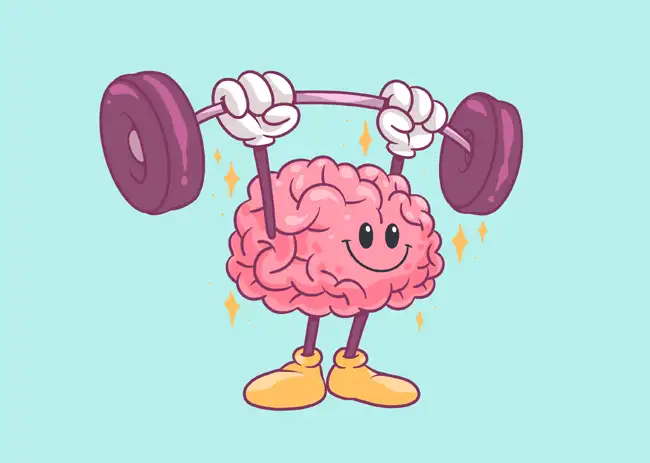Intrinsic Motivation
Intrinsic Motivation
It was developed as an alternative to goal-directed theories of motivation that emphasized the role of extrinsic rewards and punishments. Keller (1984) identified ‘interest’ as one of the main elements of motivation, defining it as a positive response to stimuli based on existing cognitive structures in such a way that learners’ curiosity is aroused and sustained. Crookes and Schmidt (1991) observed that “it is probably fair to say that teachers would describe a student as motivated if they become productively engaged in learning tasks, and sustain that engagement, without the need for continual encouragement or direction” (p. 480).
Interest is engendered if learners become self-directed (i.e. are able to determine their own learning objectives, choose their own ways of achieving these, and evaluate their own progress. Intrinsic motivation was defined as “motivation to engage in an activity because it is enjoyable and satisfying to do so” (Noels, Pelletier, Clement & Vallerand, 2000, p. 61). Again, three types were distinguished: (1) knowledge (i.e. the motivation derived from exploring new ideas and knowledge), (2) accomplishment (i.e. the pleasant sensations aroused by trying to achieve a task or goal), and (3) stimulation (i.e. the fun and excitement generated by actually performing a task).



We respond to all comments immediately. View the 30 newest comments and new topics in forums.